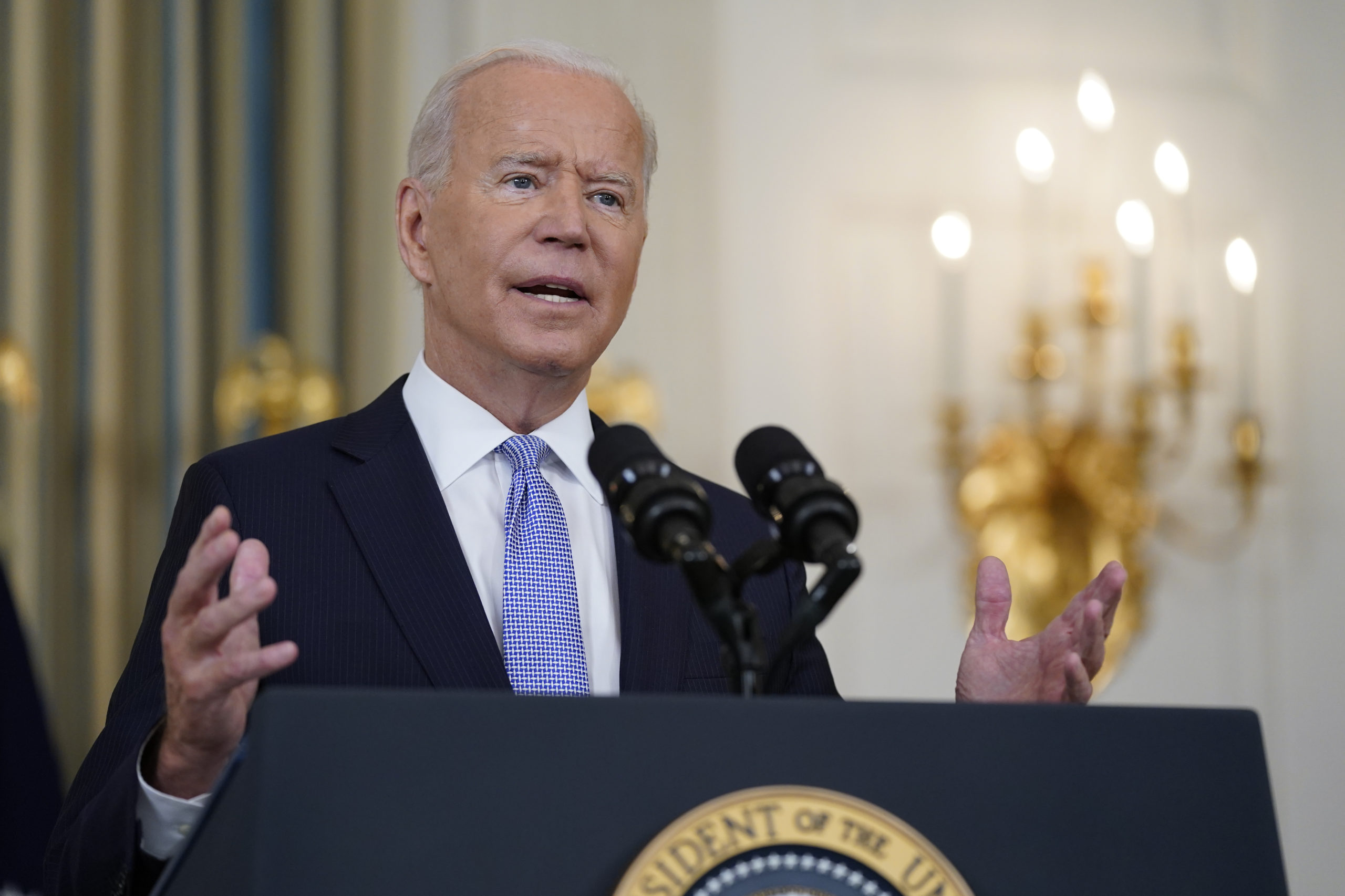
We’ve all felt the fear as we see media coverage hyper-focusing on crime-ridden cities like Philadelphia, San Francisco, and New York City. In North Carolina, even one crime victim is too many, but the emotional fearmongering of local and national media often dominates news and public opinion.
We all want to know: Are our cities safe? What are the facts? Recent reports are debunking the perception that North Carolina is a state plagued by increasing violent crime while also exposing the complex issues shouldered by some of our biggest cities.
According to the most recent FBI report, The 2022 Crime in the Nation Statistics, violent crimes decreased across North Carolina and, on average, across the nation to pre-pandemic levels. The report averaged the decreases in crime from states like North Carolina and Florida with states that saw crime rates go up in places like Alabama and Massachusetts.
Other reports reinforce this good news. The NC Bureau of Investigation’s Index of Offenses and Clearances shows crime rates dropped by 5.75% since 2020. Violent crimes declined by 5.62% and property crimes declined 5.77% from 2020 to 2022.
So why are our news channels and social feeds bombarded by crime and unfavorable stories about law enforcement? Taking a look at our urban areas in North Carolina, big cities like Raleigh and Charlotte experienced increases in violent crime while cities like Los Angeles and Chicago saw declines. Data from the City of Raleigh reveals that violent crimes and property crimes are on the rise. Data also shows that Charlotte-Mecklenburg saw an increase in crime from 2020 to 2022.
While public safety in our big cities must be addressed, it’s important to maintain the perspective of North Carolina citizens from all corners of the state. A recent Civitas poll by the John Locke Foundation, showed 33.9% of voters are concerned about crime in their neighborhoods, but most voters expressed confidence in the job their local police force is doing.
Demographics make a huge difference when addressing concerns about crime in North Carolina. According to the Civitas poll, young voters aged 18 to 34 were the least likely to express concern about their safety, while voters aged 65 and above were the most worried. This disparity in perception may be attributed to generational differences, life experiences, or variations in media consumption. It’s essential to recognize that public safety concerns are not static and can evolve as individuals and their communities change.
When voters were asked about their top crime concerns, drug-related crimes emerged at the forefront, followed by property crime and then violent crime. Surprisingly, gang activity was the least cited issue. These preferences highlight the diverse nature of crime concerns in North Carolina, which require tailored approaches to effectively address criminal justice policies in all communities.
The most intriguing aspect of these polls is the juxtaposition between public concerns, media coverage, and the actual crime trends in North Carolina. Recognizing the multiplicity of community concerns within North Carolina’s population is vital for crafting effective public safety policies and maintaining our confidence in law enforcement’s hard work and dedication.
By tempering the barrage of media and political misinformation, these report findings can help foster productive conversations and help underscore the importance of understanding what crimes are impacting citizens most so that targeted solutions can be developed.
Maggie Horzempa is the NC Director & Development Manager, Right on Crime for the Texas Public Policy Foundation



